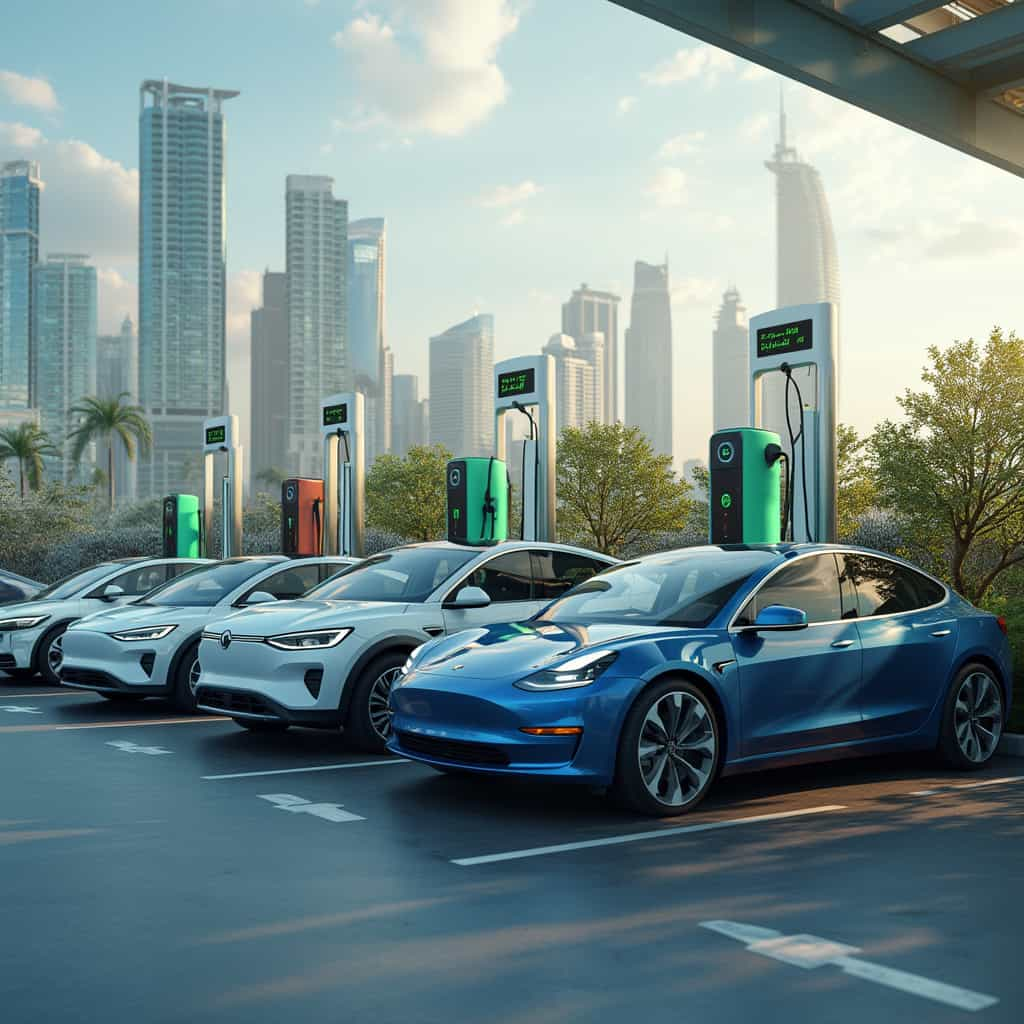The global automotive landscape is undergoing a transformative shift, spearheaded by the increasing adoption of electric vehicles (EVs) and hybrid electric vehicles (HEVs). As consumers become more environmentally conscious and governments incentivize green transportation, the demand for EVs and HEVs continues to surge.
Electric vehicles, which run entirely on electric power, offer a myriad of benefits including zero emissions and smooth, instantaneous power delivery. On the other hand, hybrid electric vehicles combine an internal combustion engine with an electric propulsion system, providing the advantage of fuel efficiency alongside reduced emissions.
Technical features of these vehicles are vast and varied. Electric vehicles typically come equipped with advanced battery systems. Battery capacity is a critical consideration; most modern EVs offer a range between 150 to 400 miles on a full charge. The longevity and capacity of the battery, often lithium-ion or the newer solid-state batteries, can greatly impact the vehicle’s overall performance.
Hybrid vehicles, while including smaller battery packs, also depend on the internal combustion engine. The synergy between these two systems is managed by complex software, ensuring optimal energy use. With technological advancements, plug-in hybrid electric vehicles (PHEVs) have emerged, offering a compromise of longer electric-only range while retaining a gasoline engine for extended trips.
Warranty and service packages are essential aspects of consideration when purchasing these vehicles. Typically, the warranties for the battery systems in EVs are robust, covering eight years or 100,000 miles, providing buyers with significant peace of mind. Hybrid cars also offer warranties that cover hybrid components separately from the petrol engine, generally encompassing eight years or 100,000 miles, similar to their fully electric counterparts.
Performing due diligence before purchasing is crucial, particularly for used EVs and HEVs. Prospective buyers should check the health of the vehicle’s battery, as its replacement can be costly. Test drives should be conducted to ensure smooth transition between the electric and petrol power in hybrids. Additionally, it’s wise to investigate charging infrastructure in their local area—especially for EVs, where home charging solutions or nearby public chargers can influence the ownership experience.
In the current market, some leading vehicles are setting high standards. Tesla, often lauded for its innovative approach, has captured substantial market share with models like the Model S and Model 3, known for their high range and strong performance metrics. Meanwhile, Toyota, a pioneer in hybrid technology with the Prius, continues to dominate the hybrid market with efficiency and reliability being its cornerstone features.
For comprehensive research, potential buyers might look to reputable automotive search engines like Edmunds or Kelley Blue Book. These platforms offer detailed reviews, comparison tools, and ownership cost analysis. Automotive magazines like Car and Driver or MotorTrend provide expert reviews and long-term tests, giving an in-depth perspective on vehicle performance over time.
Geographically, the uptake of electric and hybrid vehicles varies. In Europe, countries like Norway lead in electric car sales due to supportive government policies and comprehensive charging infrastructure. In Asia, China is rapidly expanding its electric vehicle market, driven by both domestic innovation and government incentives. In North America, California remains a stronghold for electric vehicles, promoting zero-emission vehicles aggressively.
Market leaders, like Tesla in the US and BYD in China, show how local leaders influence buyer preferences. European brands like Volkswagen have committed to a comprehensive future lineup of EVs, emphasized by their ID series. The shift is not just buyer-driven but supported by legislative efforts in cutting emissions and reducing carbon footprints.
Despite the promising future, some challenges persist. Battery recycling and the environmental impact of mining raw materials for these batteries are significant concerns. Experts and policymakers are focusing on sustainable solutions, emphasizing recycling programs and exploring alternative materials.
You may also like
Traditional vs Electric Bicycles: Features, Maintenance and Purchase Tips
In recent years, the choice between traditional and electric bicycles has become a matter of much consideration for consumers looking to invest in a new mode of transport. This article explores the technical aspects, additional warranties, and suitability across road, cross, and mountain bike categories. It also addresses pre-purchase checks, regional purchasing trends, and guides potential buyers towards trusted resources for making informed decisions.
Thermal vs. Electric Scooters: Features, Guarantees and the Market Landscape
This article explores the technical characteristics, accessory guarantees, and market comparison between thermal and electric scooters. It provides insights into pre-purchase evaluations and highlights leading search engines, specialized magazines, and websites for making an informed decision.
Thermal and Electric Motorcycles: Guide to Choices, Check-Ups and Trends
Motorcycles, whether thermal or electric, offer a wide range of experiences and choices. This article delves into the technical characteristics, categories, and accessory warranties for naked, road, cross, and enduro bikes. We explore essential pre-purchase checks, compare options for potential buyers, and highlight influential platforms for informed decisions. Additionally, we discuss the global distribution of thermal and electric motorcycle purchases, and touch on the emerging trends in alternative mobility options like hybrid and electric cars, scooters, and bicycles.
A Comprehensive Guide to Hybrid and Electric Cars: Unveiling Features, Guarantees and Expert Insights
As the automotive industry evolves, hybrid and electric vehicles are at the forefront of innovation. This article delves into the technical characteristics and accessory warranties of city cars, minivans, station wagons, and SUVs. It also provides expert advice on purchasing decisions and highlights the best resources for making informed choices. Additionally, it covers regional purchasing trends and explores alternative mobility options such as electric motorcycles and scooters.
